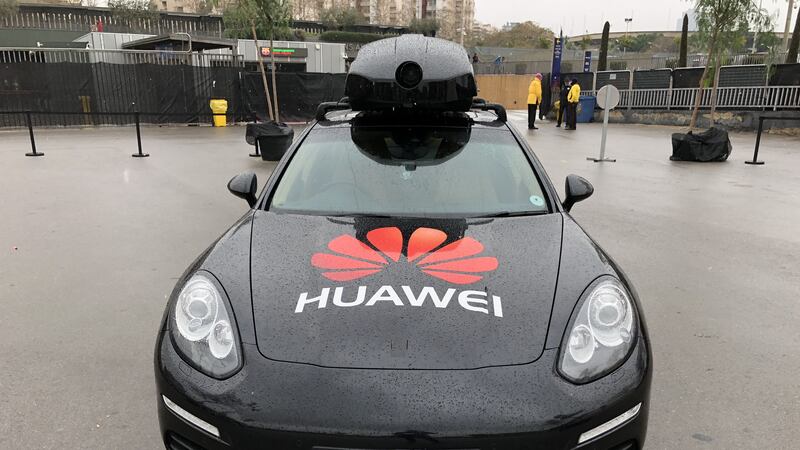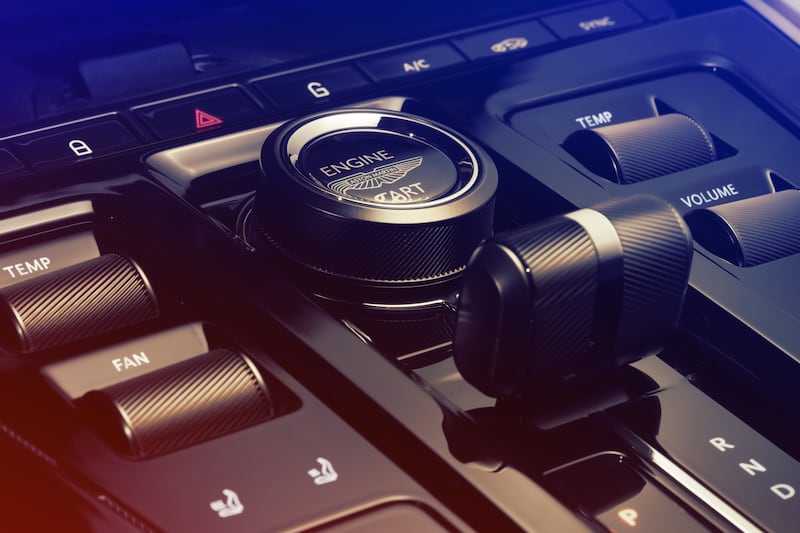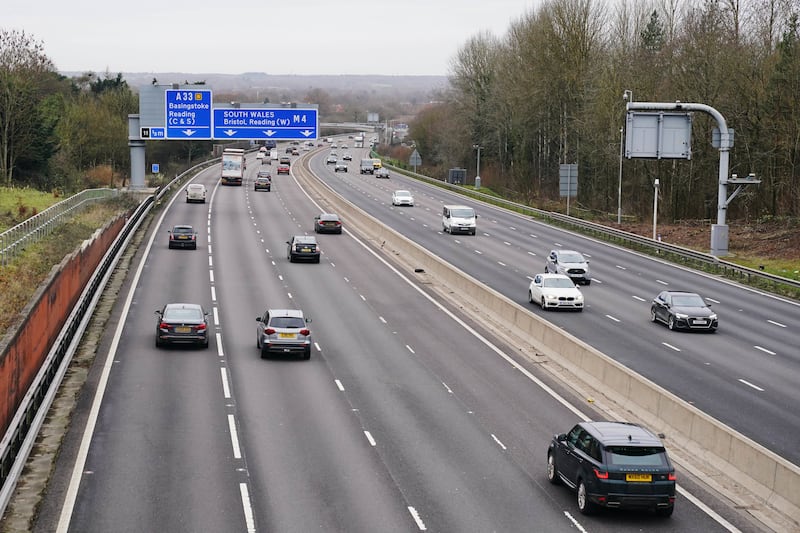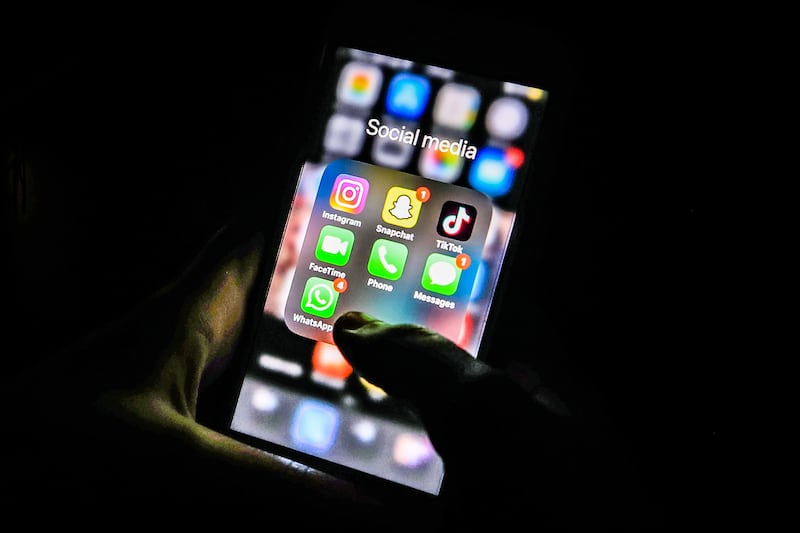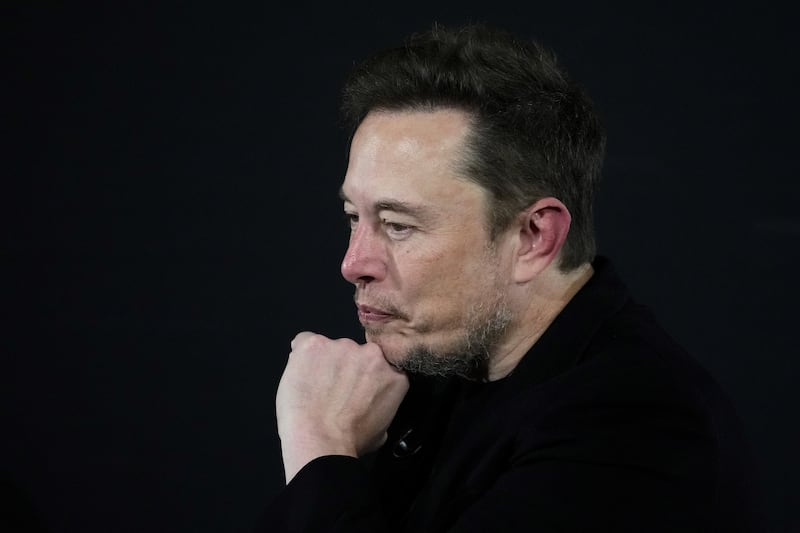The technology behind driverless cars is understandably complicated – artificial intelligence reading the world around a moving vehicle it is controlling, as cameras and sensors feed it data.
Significant amounts of processing power are needed to achieve such a feat.
However, at Mobile World Congress in Barcelona, Huawei has been demonstrating the power of the AI inside its Mate 10 Pro smartphone – by having it control a car that can spot and avoid obstacles.
The Mate 10 Pro was launched last year as the first smartphone to feature a dedicated AI processor built into the device, meaning artificial intelligence is more prominent and central to how the phone works.
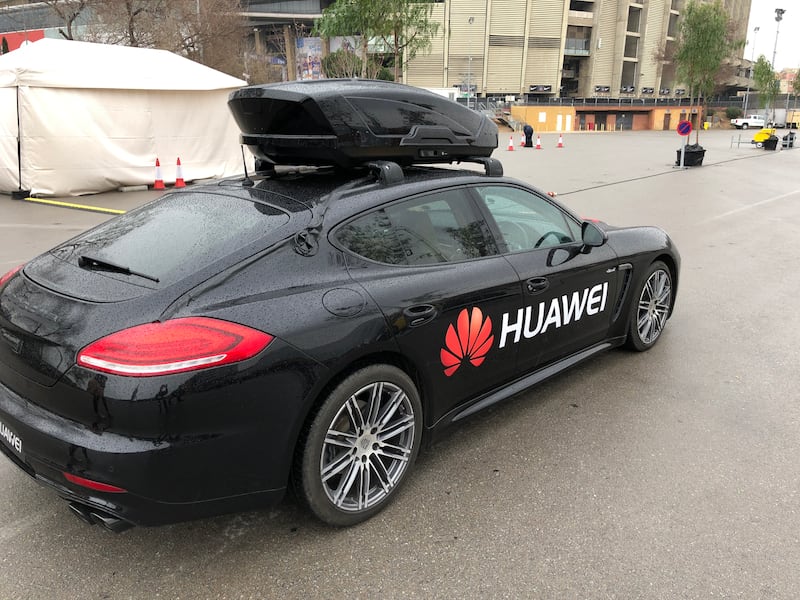
As a way to physically demonstrate this normally invisible technology, Huawei fitted out a Porsche Panamera with a Mate 10 Pro on the dashboard that had been trained to recognise thousands of obstacles and how to best avoid them.
They call it RoadReader.
Jumping into the car, which was stationed in the car park of F C Barcelona’s Camp Nou stadium, the demo began with a short test run at around 5mph.
On this unobstructed run, the phone spotted and logged three objects – cardboard cutouts of a dog, a cyclist and a football – which were placed at the side of the route.
Since this is still very much a concept test, the phone was linked to an external camera on the roof of the car, and also linked to mechanics that controlled the steering and pedals – the smartphones isn’t powerful enough to control all of this just yet.
Having clocked the obstacles, our demo driver (in place for safety reasons) returned the car to the start line and gave us the chance to program how the car should respond if it stopped an obstacle on the next run, using touchscreen options on the phone itself.
The options were to veer left or right, or to brake.
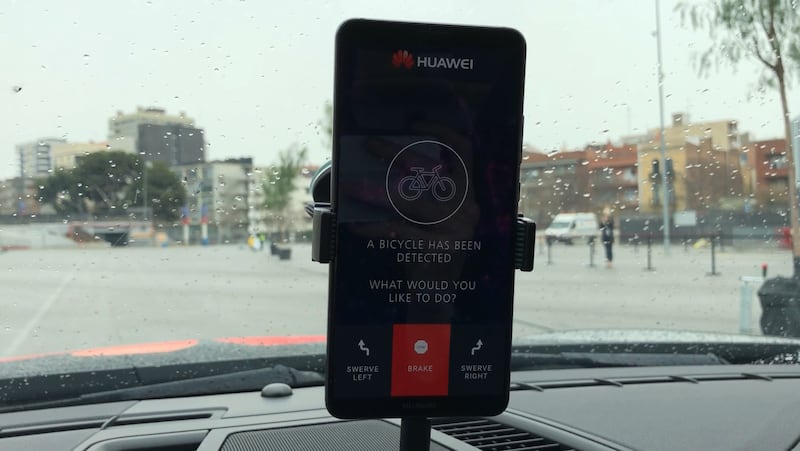
With avoidance tactics confirmed we set off again, this time at 30mph and with the cardboard cyclist now in our way.
As soon as the phone detected the bike, the Porsche calmly, and in good time, manoeuvred to the right to go around it – as we had suggested before setting off.
Test complete, and successful to boot.
Back out of the car, Huawei emphasised that, for now at least, this is not the beginning of their entrance to the world of driverless cars – just a demonstration of the power of the AI it is putting in its smartphones.
The company said this was a basic proving test – one to show its smartphone tech can stand up to the advanced technology being developed for use in self-driving cars.
The need for extra hardware linked to the phone demonstrated this, but having witnessed a smartphone be the brains at the centre of a moving car journey, it’s difficult not to imagine a future where phone-powered car rides could be a reality.
